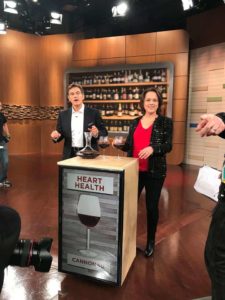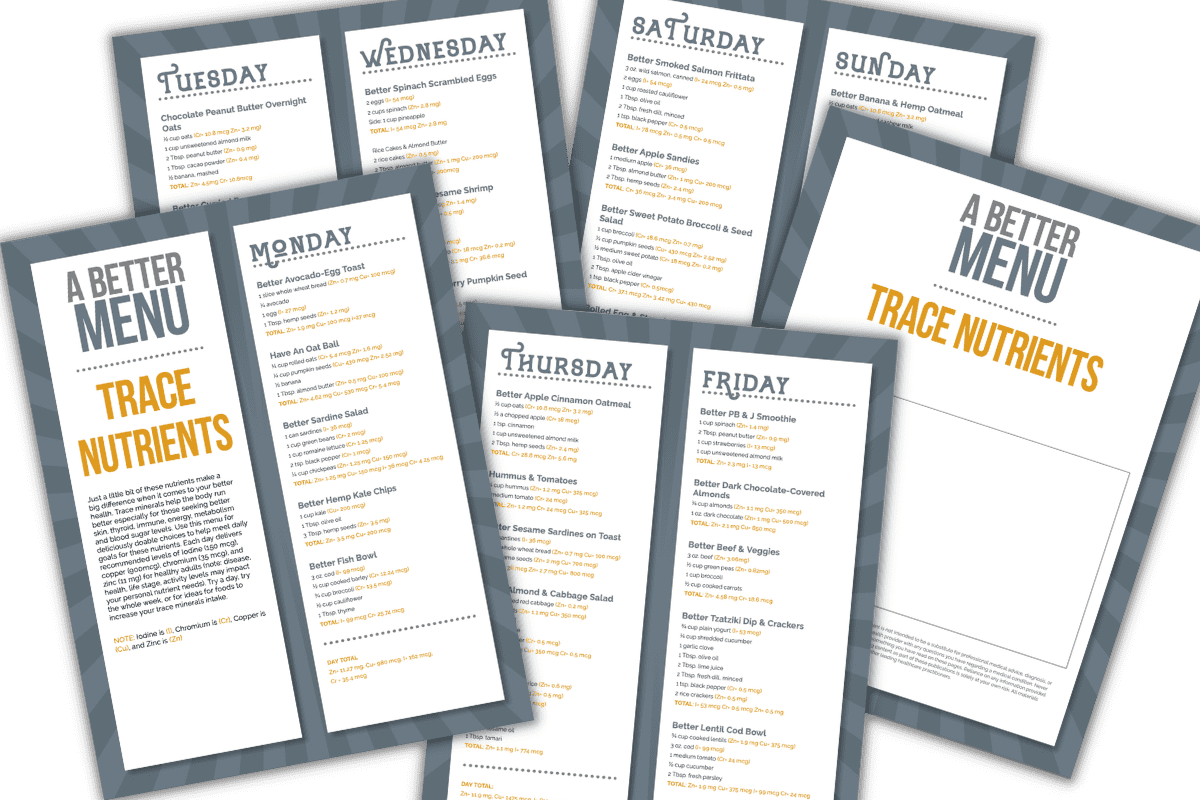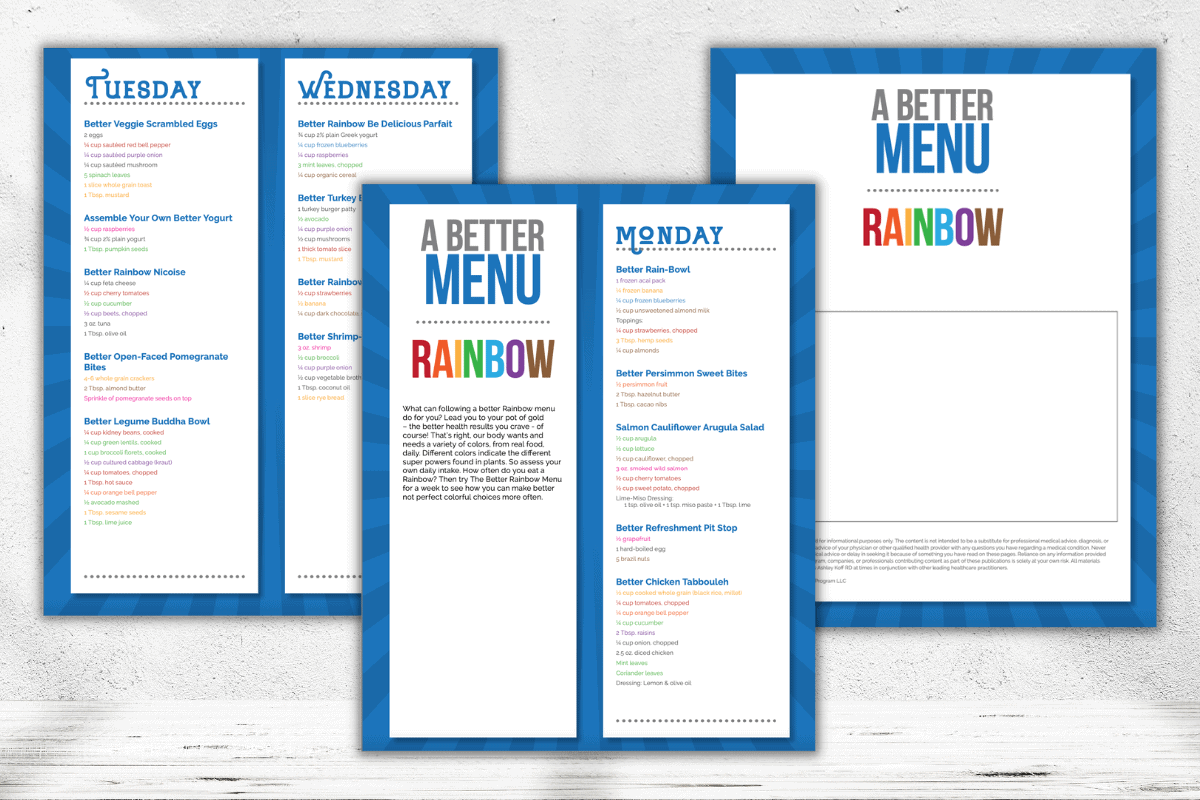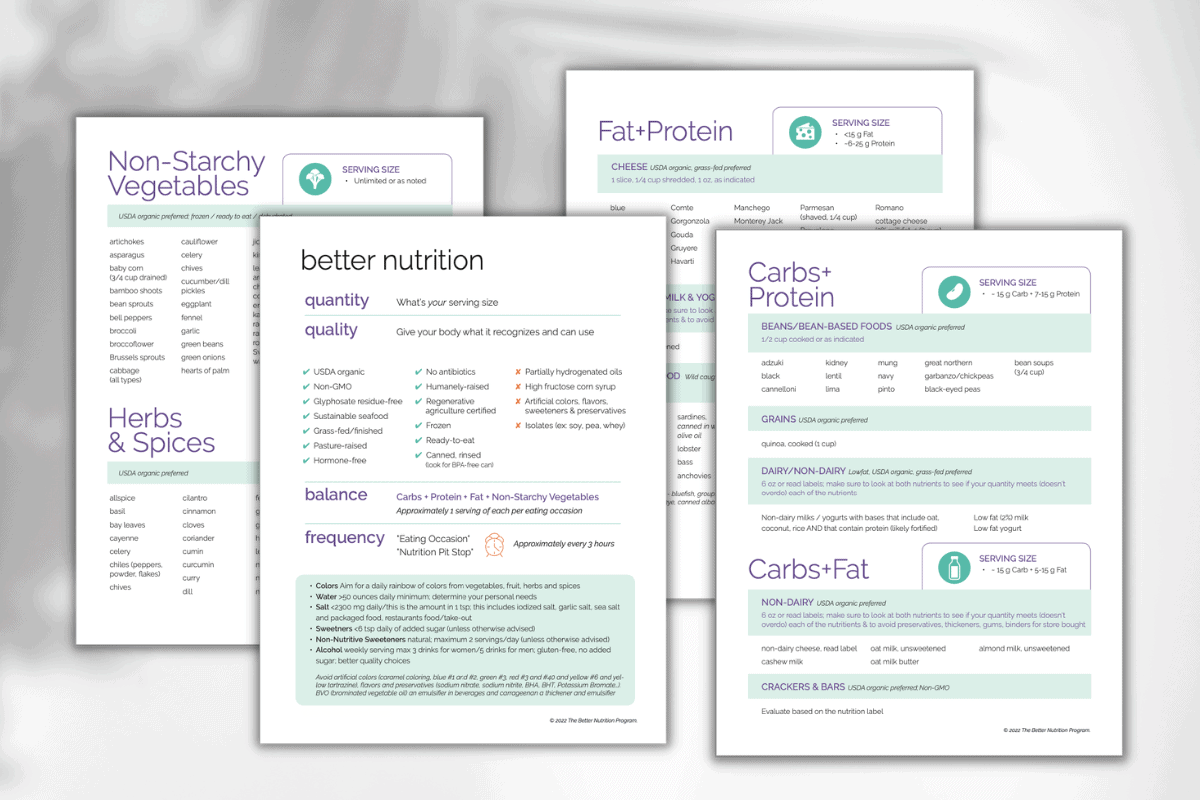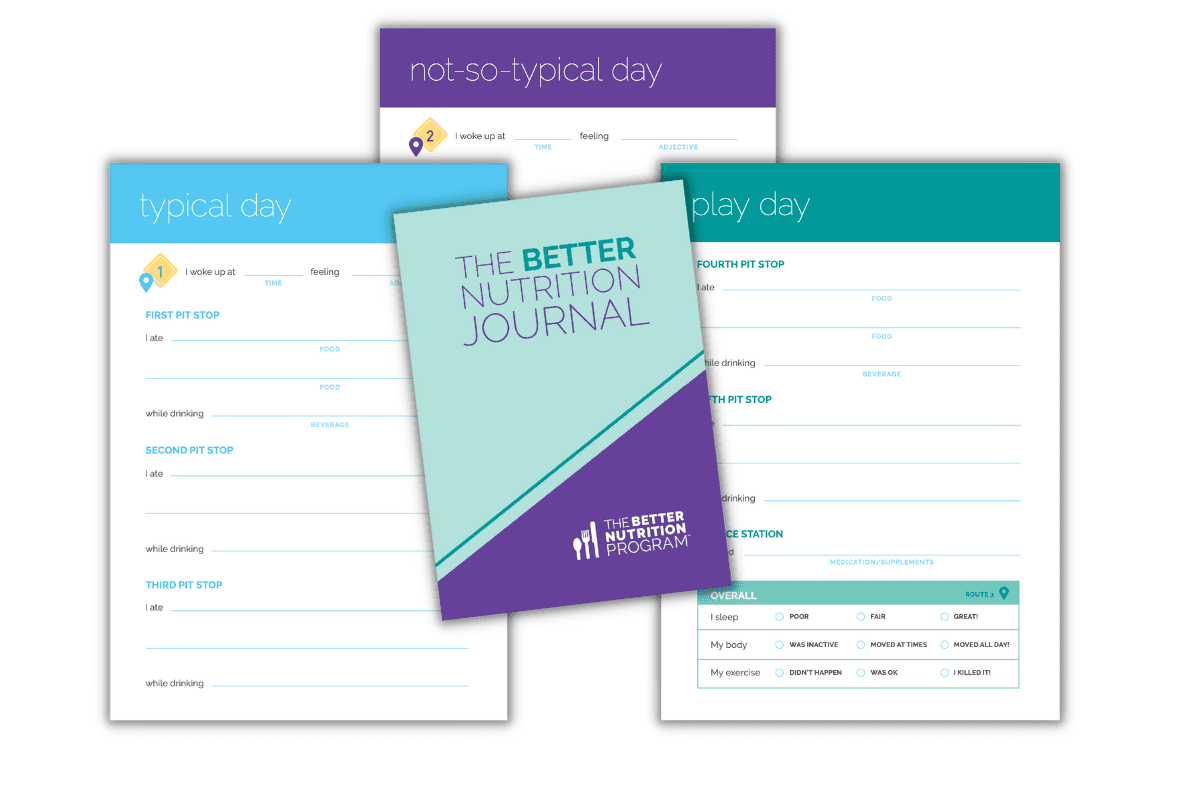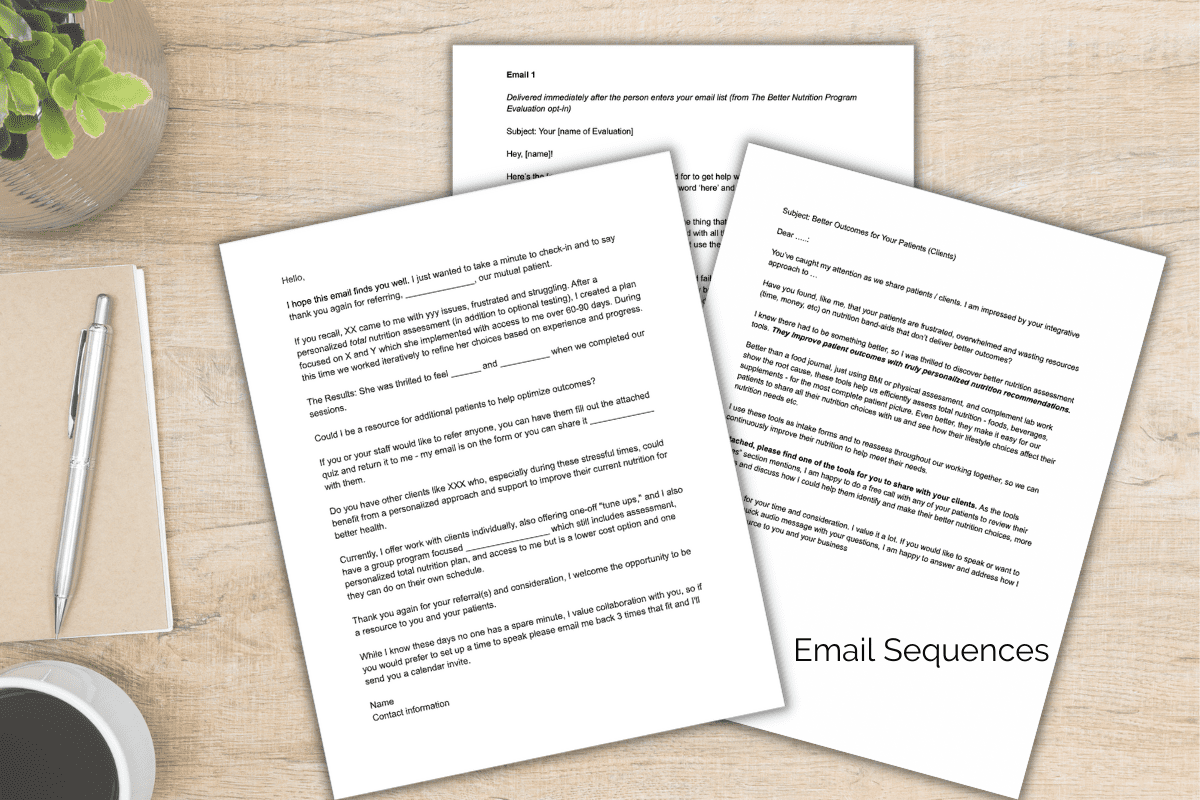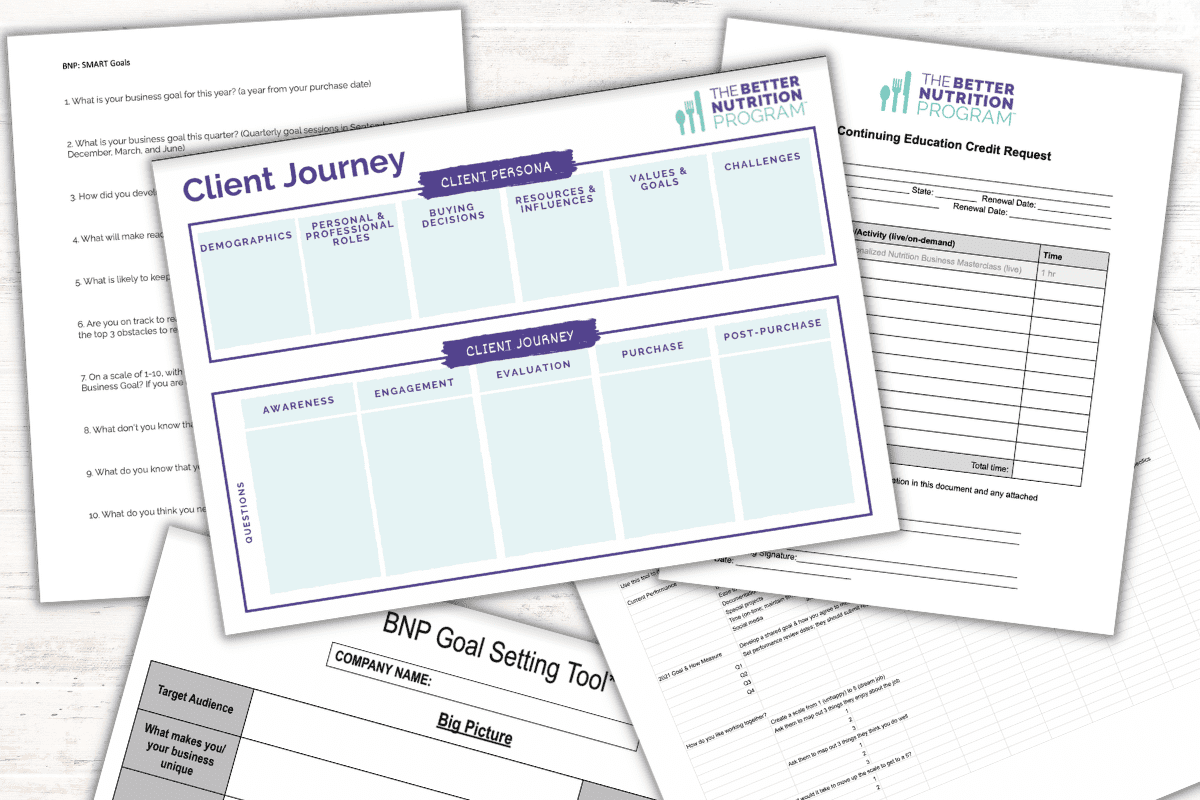When you sip your wine, have it be a better choice for your body and your health goals.
To drink or not to drink…that’s one question. Another is what’s better to drink, when it comes to wine? And as I shared on the Dr Oz Show, there are better wine choices based on your personal health goals. Here’s how to make them, more often:
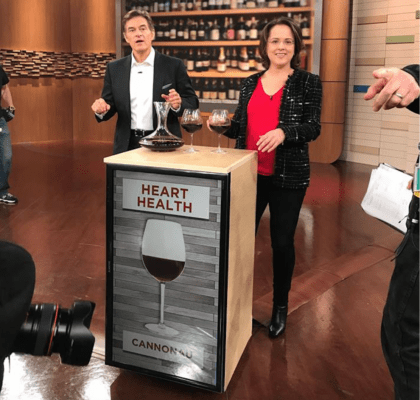
Dealing with Digestive Woes:
- If your doctor / dietitian says no wine, then I can’t overrule them there.
- If you are given the yellow or green light due to acid reflux or GERD, try enjoying your glass at the start of a meal as opposed to after.
- Limit other acid formers at the same meal (sugar, meat, tomatoes, coffee etc)
- Consider those known to be less acidic (lower alcohol content too), such as reds from warmer climates (California, Chile, Australia) and varietals like Cabernet Sauvignon, Syrah/Shiraz, Merlot, Zinfandel, Grenache and Malbec. Eat leafy greens at your meal (alkaline-forming)
- Stick to better quantities overall, and consider a supplement of DGL chews and/or Glutagenics to help support the health of the digestive tract lining.
Help for an Aching Head:
- My advice would be skip the wine and take some magnesium and head to bed (Are you giving your body enough magnesium daily? Get the Better Magnesium Evaluation).
- The glass of wine could be what triggers a headache, so while you may think it’s sulfites, but the cause may be histamines or dehydration.
- Get in enough potassium and water are important (don’t guess if you are getting in enough use The Better Potassium Quiz and The Better Water Quiz to see what could be better). Enjoy water and coconut water before or after your glass of wine, and consider snacks lower in sodium, but higher in water and potassium like guacamole and cucumber slices – a delicious better hydration pair.
- Try organic and wines known to be less sweet.
Balancing Better Blood Sugar Levels and Wine:
- Follow your doctor / dietitian’s advice
- Nutrient balance and, more specifically, making sure you are only getting in one serving of carbohydrate per nutrition pit stop will help you balance your blood sugar levels. Since wine delivers sugar, consider turning your glass into a spritzer. Just mix 1/3 parts wine with 2/3 parts sparkling or soda water.
- Make sure to pair your spritzer with nuts, seeds and olives as opposed to crackers, fruit, or starchy vegetables (potato, beets etc).
Allergic to Wine, But:
- If you’re allergic to sulfites, try looking for an organic and biodynamic option. These should not be produced with added sulfites as preservatives or stabilizers.
- If your allergy is to histamine, try choosing a less sweet white over red wines.
Seeking a Healthy Heart:
- The good news is you can look to wine, especially dark red wines to get heart healthy antioxidants.
- But you still need to practice better heart health nutrition so grab the Better Heart Health Nutrition Guide.
- Cannonau is a type of wine made from sun-stressed Grenache (red) grapes. The grapes are darker and their skins have more polyphenols and resveratrol which are powerful antioxidants that can help prevent coronary artery disease.
Want a Smaller Waistline and Some Wine:
- Two reasons to proceed with caution: alcohol digestion doesn’t optimize your metabolism and use of nutrients, just the opposite actually, and then there’s the sugar factor (already discussed above).
- Sip a better amount! A serving of wine is about 9 sips – not gulps – so enjoy those nine sips from one or several glasses but keep it to just nine.
- Wine is a treat, not a food group, so treat yourself to it as you would any other treat – less often.
- If you enjoy a glass skip dessert. Also, fun fact, vino verde, “green wine” in Portuguese, is made from grapes that have not yet fully ripened, so this wine has less sugar and fewer calories.
